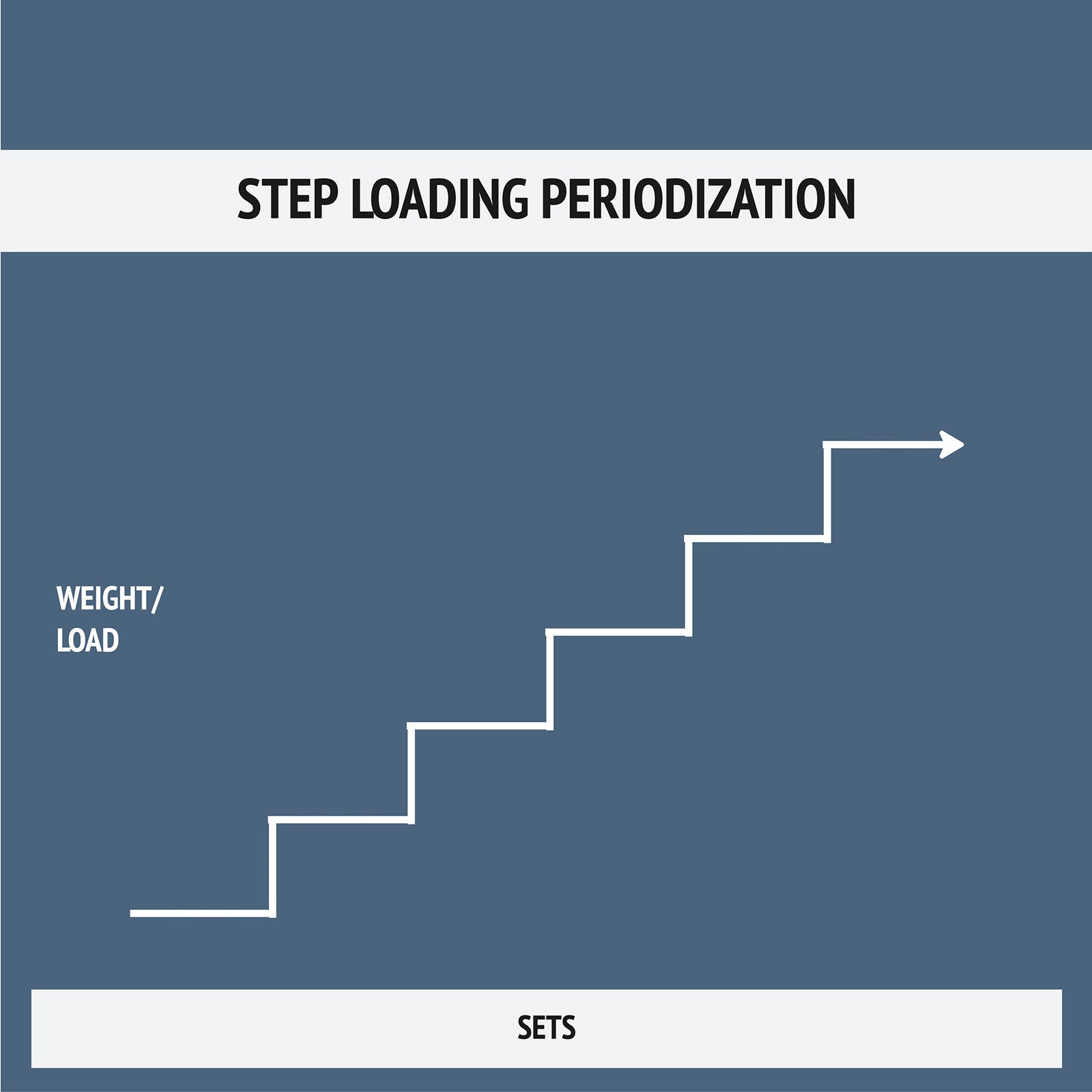I love this thing - was waiting on it for months. Was able to turn my 2nd bedroom with a murphy bed into a home gym in NYC, and couldn't have done this with any other rack since I need to make it smaller once the room is in bedroom mode.
The vertical going up actually have a little give to them, which was concerning at first but also helps with liftoff a bit for some movements.
Just ordered the spotter arms, can't wait.
Highly impressed by both the build quality and the compactness of this bench. I have a limited space for a home gym and this is great because it can be folded down to store out of the way.
Also really like the flat on ground option for core, keeps me from having to break out a mat.
Seller was also awesome to work with, they helped me get my signup promo after I ordered which was a nice touch. Shipping was quick and easy.
The spotter arms integrate perfectly with the Agile Rack — a smart, well-executed design that hints at the exciting potential for more attachments from Verse in the future. On my first day using them, I felt confident enough to push heavier weights without worrying about failing a lift.
I’d always wanted a squat rack but never pulled the trigger—until I came across the Verse Agile rack. It’s the perfect space-saving solution, and I love how it folds away when not in use. Back in 2020, I actually built my previous squat rack out of wood, so this has been a huge upgrade. I’ve had it for about two years now, and if you’re thinking about getting one, I highly recommend it. It’s incredibly sturdy too.
I have a pretty small space where I need to set up and take down the rack for every session. It just fits and does the job well. The combination of price and portability is unmatched. Generally it is really easy to set up and take down. My teenager daughter can do it, although the spring loaded pins are a bit tough for her to pull. Note that you need about 44" on a side to extend the uprights horizontally before you can flip them up. In a really tiny space with less than that, this can require some spatial reasoning. Once it is all locked down and tightened, it is pretty sturdy. I'm 6' and can comfortably use the 2nd to last hole for squats. At that extreme there is a little sway when you re-rack, but it is barely noticeable. The J hooks could be a little longer. The only other note is that when it is folded up, the bars do not lock together. So when moving it, you kind of squeeze it to keep it together















